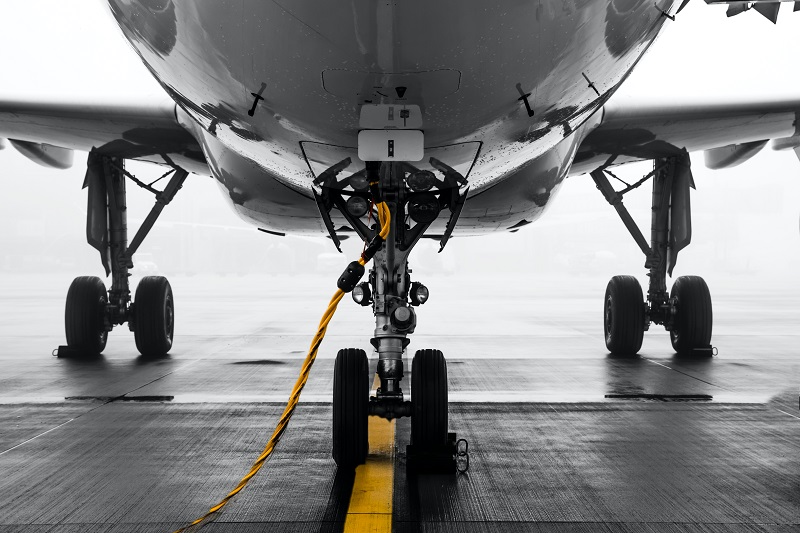It’s true to say that everyone takes aircraft travel for granted nowadays, even though it really isn’t that long ago that mankind’s dream to fly through the air like a bird was nothing more than that, a dream. Ever since the invention of the aeroplane though we have also had to deal with the fact that there can be danger inherent in taking to the air. Of course, nowadays, air travel has never been safer and, indeed, it is among the safest ways to get from one location to another. However, this is only the case because of the rigorous safety and maintenance routines, undertaken by ground crews, all of which takes place out of sight of the passengers.
Aircraft Maintenance
Aircraft maintenance is composed of two main crucial parts – preventive maintenance and requirement-based maintenance.
Preventative maintenance involves many forms of inspection and testing of the aircraft’s systems and structure, which we will look at in more in a moment. By contrast, requirement based maintenance entails rectifying any issues as and when they occur. These are often more crucial tasks which therefore need to be taken care of immediately and which, if they are not resolved, may require the aircraft to be grounded. Aircraft maintenance crews will have set procedures for many of these issues too which means that they can usually minimise the time required for these issues to be resolved, thereby getting the aircraft back into a safe and serviceable condition again swiftly.
Preventative Maintenance of Aircraft
The aircraft testing procedures mentioned above as part of the preventative maintenance regime are one of the most critical operational activities that maintenance technicians perform. This is because it is these procedures that allow them to spot any potential issues before they progress to the point of causing a potentially tragic failure. Every part of the aircraft, including the wings, fuselage, tail plane, pumps, valves, landing gear and communication equipment, are all inspected regularly and immediately replaced if any issues are found. These inspections and testing of the aircraft systems and structure are detailed, complex and carefully designed to ensure that any issues, no matter how small, are detected.
To enable the technicians to carry out their detailed inspections they make use of specialist aviation tool kits as well as some other, rather ingenious equipment. Along with the more familiar types of tools, they use things such as flexible camera systems (known as borescopes or fiberscopes) that are provided by companies like Red Box Aviation. These clever types of camera can be used to gain visual access to areas of the aircraft that would normally be out of sight, allowing the technicians to see if there are any hidden problems.
Aircraft Inspection Procedures
Inspection procedures are divided into certain levels depending upon the kind of maintenance the aircraft needs and the amount of stresses and strains the plane is likely to have been subjected to. Under normal conditions, basic inspections (level 1) are carried out after every flight with the level and complexity of the inspection then increasing in line with the number of flying hours that the aircraft clocks up. Complete, detailed inspections will then take place at regular intervals, with experts suggesting that these take place at least every six months, depending on the number of flying hours the plane has registered during that period.
No doubt because of the possible catastrophic results of the failure of any part of an aircraft, maintenance of these complex machines is not considered as an ordinary maintenance activity and is taken very seriously. The aviation tools used are the very best quality tools that are available and no short-cuts are taken. Stringent guidelines have to be followed in accordance with the various agencies that oversee aircraft safety. For example, the Federal Aviation Administration (USA), EASA (Europe), and AIATA (Australia) all have very specific and strict rules in place that have to be followed in order for an aircraft to be deemed “air worthy” and to ensure maximum safety for air passengers.
Hopefully you will find it reassuring to know just much goes in to ensuring that aircraft are safe and maintained properly. It means that we can all rest easy, safe in the knowledge that when we board an aircraft the rigorous testing and maintenance regimes that have been carried out make flying extremely safe. Indeed, it is worth considering just how safe air travel now is. The data shows that there is an average of one fatality for every 287 million passengers carried by UK airlines and this is compared to a one in 19 million chance of being struck and killed by lightning in the UK and a one in 17,000 chance of being killed in a road accident.





